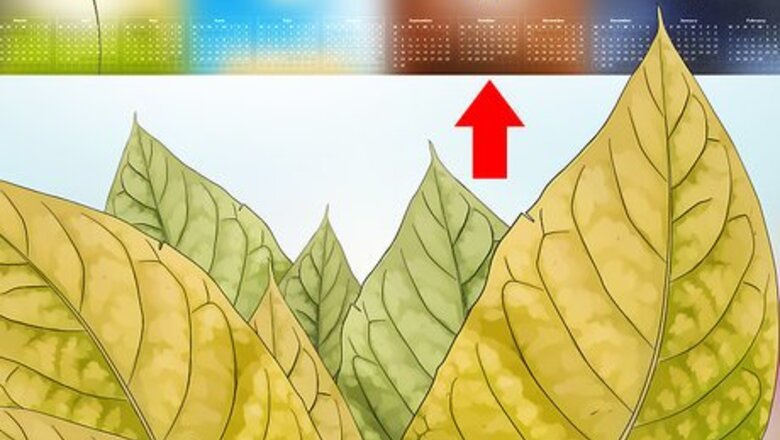
views
Hanging Tobacco Leaves for Drying
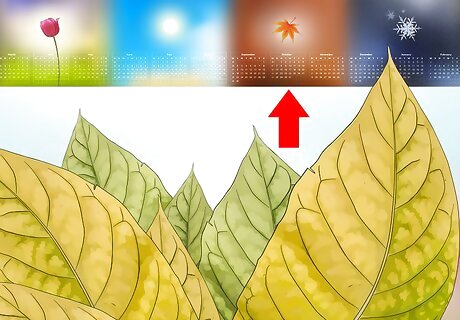
Dry tobacco in the fall for the best results. The warm, dry days and cool, relatively humid nights of the late summer and early fall provide the perfect conditions for drying tobacco leaves.
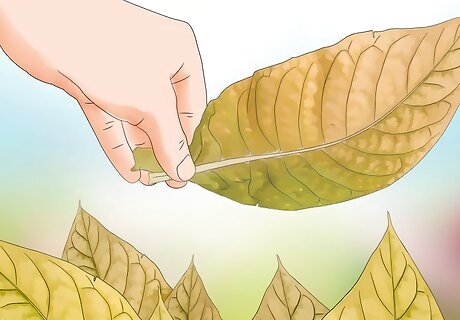
Pick leaves that are a pale-yellow for drying. Tobacco leaves that are too green will dry green, which you want to avoid. Typically the lower leaves on the plant will turn yellow sooner, so take those first for drying.
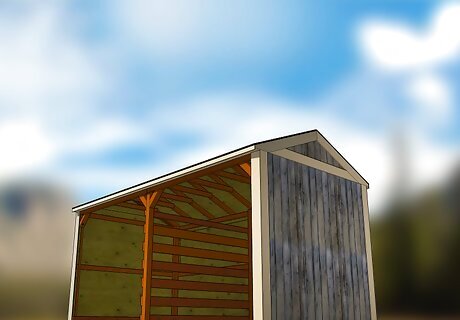
Find a well-ventilated shelter for drying, typically a barn or shed. The leaves need to be protected from direct sunlight, rain, and wind for drying. A barn, shed, or garage would work well for this. You could even dry the leaves in your home, as long as you have the space -- just be sure the air isn’t too dry. Find a shelter where you’ll have some control over the humidity by opening or closing doors, windows, or vents. You’ll need to keep the humidity relatively high to keep the leaves from drying too quickly. Be sure the leaves are protected from direct sunlight, which may burn them.
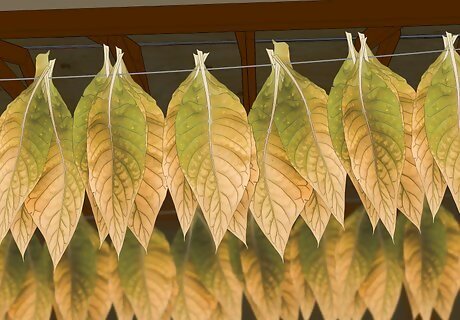
Hang your tobacco in bunches of 3 to 5 leaves. Fasten the leaves to a clothesline or rope, bunched together at the stem and tied with a strong rubber band that will contract as the leaves shrink. If you’re only drying a few leaves, another method is to thread individual stems and hang the leaves from a string.
Monitoring the Drying Process to Completion
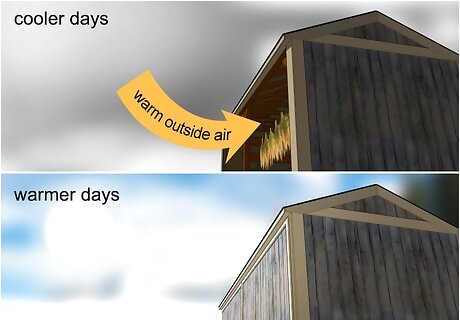
Control the humidity as your leaves dry. In cooler periods, open the doors of the barn or shed during the day to bring in the relatively warmer outside air. In warmer periods, and if your leaves are drying too fast, close the doors during the daytime hours and open them at night to bring in the moist night air. You may need to use a humidifier if your leaves are drying too quickly. If you dry your tobacco in your home, be sure to mind the temperature and humidity to avoid drying the leaves too quickly. An air-conditioned home would probably be too dry for air-curing tobacco. Leaves that dry too fast may remain green.
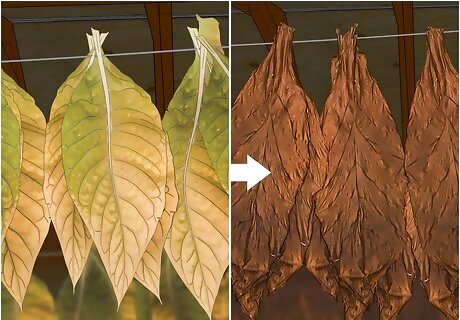
Monitor the leaves to know when they’ve dried enough. As they dry, the leaves will turn yellow, then a kind of orange, and finally brown. (The shades will vary somewhat depending on the kind of tobacco leaves you’re using.) Depending on environmental conditions, the process will take between 3 and 8 weeks. When the leaves are brown and the edges have curled slightly, the process is complete. The dried leaves will be slightly sticky, and they’ll have the feeling of very thin leather. They should still be pliable, not brittle. The dried leaves should have a slightly sweet smell from the curing process.
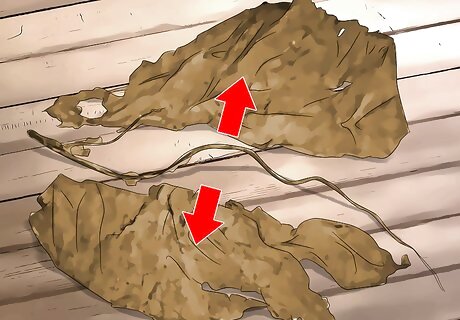
Remove the stems from the leaves. When the tobacco is ready, carefully peel the leaf away from its stem. You may use it immediately or store it if you want to use it later or let it continue to ferment. Stems retain moisture and may increase the chance of mold in storage. Tobacco leaves are ready for smoking or storage when they’re brown and pliable, but not too brittle. If the leaves get too brittle, you can moisten them with water from a spray bottle. Almost magically, they’ll regain their pliability with a little moisture. You can store the leaves in a humidor or even in a plastic bag. If you’ve moistened brittle leaves for storage, be sure to pat them down with a paper towel so there aren’t any water droplets on them. This will keep the leaves moist but reduce the chance of mold developing while they’re in storage.



















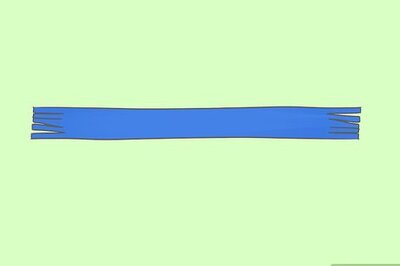
Comments
0 comment